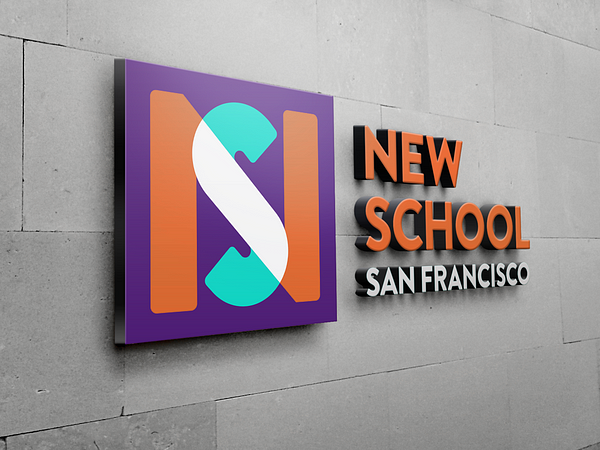By Antonio Tapia, Senior Associate Partner, NewSchools Venture Fund

Photo: Neil Thomas
As we wind down the most unconventional summer most of us have ever experienced, the nation’s attention has predictably shifted to the reopening of schools. Depending on your region, schools in your area are getting ready to implement a hybrid model or prepare to go fully remote for the foreseeable future. A few are tempting fate with in-person instruction.
While some students are faring well with distance learning, there are many more likely to be adversely affected by the remote and hybrid school schedules. Diverse learners and English language learners, specifically, face obstacles in distance learning above and beyond those of general education students. For example, students who need occupational therapy or applied behavioral analysis may need in-person services.
“Structuring personnel and time to ensure these students are getting their appropriate, legally-mandated support should be a major part of every school’s reopening plan.”
Rightly, our focus as teachers and school leaders centers on our students’ needs — how to assess their knowledge, how to differentiate instruction and materials for them, and how to support their socio-emotional development. But effective leaders also know that building out systems that allow adults to do this work best is critical. Structuring personnel and time to ensure these students are getting their appropriate, legally-mandated support should be a major part of every school’s reopening plan.

New School of San Francisco (NSSF), one of our portfolio schools, has identified three critical components of building strong teams to support their students with special needs. By 1) formalizing the collaboration between their team and parents, 2) facilitating access to services, 3) and supporting and sustaining staff, they create the structures to ensure their learners receive the best support possible during this challenging time.
In the spring, the NSSF team prioritized building a strong foundation for collaboration between the school and its families. Using a tiered intervention system of support, they implemented top tier approaches across the school while their Diverse Learner Team drove more targeted second and third-tier approaches. Top tier approaches with schoolwide effects included renegotiating the schoolwide schedule to reallocate staff time to support the most vulnerable students and prioritizing collaborative planning time on Fridays to ensure tight feedback loops. Their Diverse Learner Team also managed more granular and individualized components, such as making amendments to students’ IEPs for distance learning and monitoring the delivery of special education services. They are also responsible for supporting parents as they navigate changes, including developing an affinity group for diverse learners so families could build community and lean on each other.
“They let families know there are still people at school thinking of them.”
NSFF’s team also realized the importance of eliminating the barriers in the delivery of critical education services. The school’s trauma-informed distance learning emphasized predictability, flexibility, connection, and empowerment. To lay the groundwork for families, teachers, and staff prioritized getting wifi hotspots and devices to those that needed them. Grade level teams provided visual schedules that are easy to understand, and they sent home supplemental packets as needed. Their Diverse Learner Team managed virtual IEP meetings, supported parents in the implementation of telehealth services, and as they used resources at home. This team also helped the home-school connection and prioritized the development and strengthening of relationships with students to keep students engaged. Most importantly, they let families know there are still people at school thinking of them.
Finally, like great schools everywhere, NSSF supported and sustained its staff. As a former school leader, I’ve learned there are two ways to do this: you create the conditions for them to execute their roles to the best of their ability and celebrate those successes. NSSF convened regular meetings for the team to sync up, collaborate weekly at each grade-level, and reflect on and share best practices. The leadership team also created schedules for individual supervision and coaching and team-building opportunities throughout the week. For sustenance, the NSSF team shared leadership team video messages, team appreciations, shout-outs, and videos from students and families. There was also time for social connections with students and families embedded into the week.
As school leaders develop their priorities for the upcoming year, it’s essential to acknowledge how widely the particular needs of diverse learners may differ and have plans to provide for them. The New School of San Francisco gives us an excellent example to follow.
